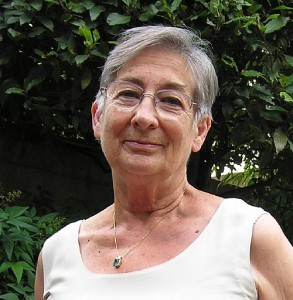- Rendez-vous de l'Institut
- Conference
L’eau dans les jardins de Versailles : illusion et déraison by Janine CHRISTIANY – Château de Bénouville
Water in the gardens of Versailles: illusion and folly
In his gardens in Versailles, Trianon and Marly, Louis XIV dreamed of seeing the great spectacle of incessantly renewed fountains, water jets and ornamental ponds, which he readily multiplied without even waiting for the necessary reservoirs to be filled. On the plain around Versailles, there was neither river nor source. So where could this essential water be tapped? The king’s disappointment was great. Figures of knowledge from the entire nation were mobilised: members of the Royal Academy of Science, civil engineers and servicemen, architects and fountain builders. Calls for tender were even launched in neighbouring countries. As early as 1667, under Colbert’s supervision, the waters of La Bièvre were to be rerouted over the Satory “mountain”, as were those of the Loire, and the Seine over the Rocquencourt heights (162 metres), whilst plateaux were to be drained around the Versailles plain. The reservoirs were still far from full and hydraulic engineers needed to be brought in to open the water valves whenever the king was around. In 1680, the king had decided to take up residence in Versailles and to make it the capital of France. Work to extend the château and the town began; the gardens were developed in proportion to this new monumental project and new groves were created. Then in 1684, Louvois, hoping to satisfy Louis XIV, proposed the construction of a canal which would draw some of the water from the existing Eure canal, offering an abundant supply. The canal was never completed.
Janine Christiany
Janine Christiany is a DPLG qualified architect. She obtained a DEA (postgraduate diploma) in history of art and archaeology, in the modern and contemporary architecture section, at the University of Paris I Panthéon-Sorbonne. She taught for several years in France, at the National School of Architecture – Versailles among other establishments where, from 1986 to 2000, she assumed the scientific responsibility, coordination and implementation of the CEAA (post-graduate architectural diploma) in “Historic gardens and landscapes”, in association with Monique Mosser and Daniel Rabreau. In 2001, the diploma was renamed DESS (Postgraduate Specialised Study Diploma) in “Historic gardens, heritage and Landscape”. She has also taught abroad (Belgium, Italy…) and has given a number of conferences.
Further reading :
L’art des jardins en Europe : de l’évolution des idées et des savoir-faire, Citadelles & Mazenod, 2006


